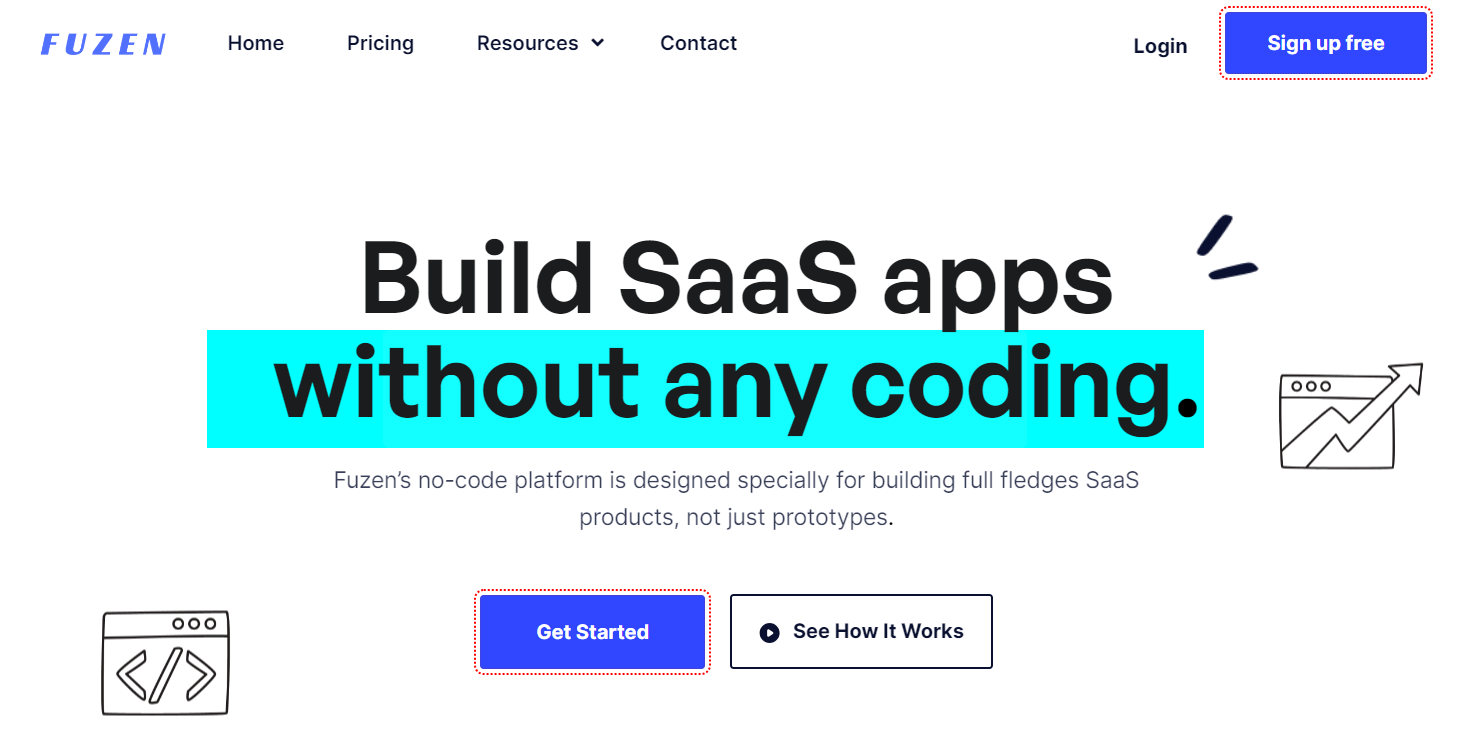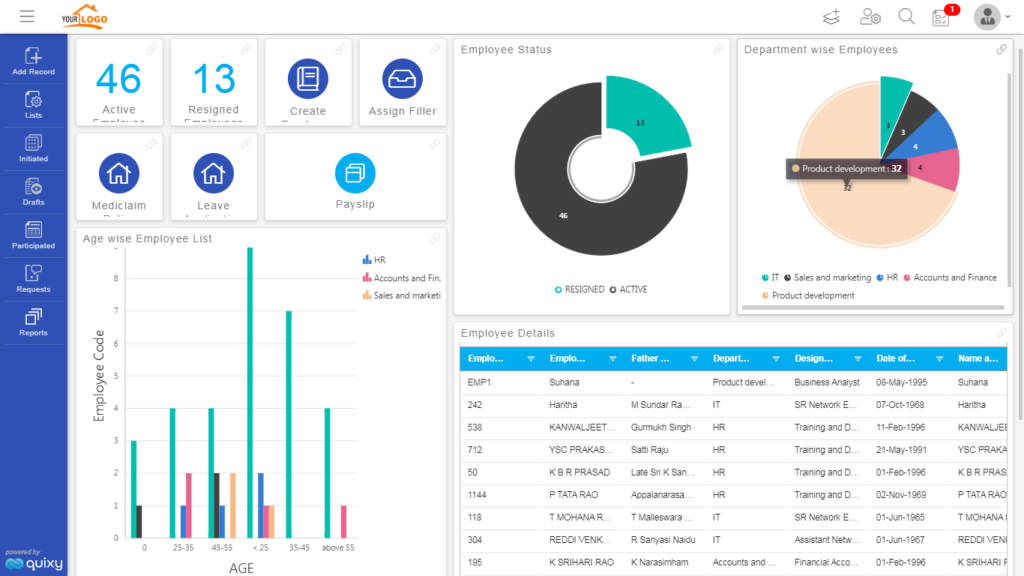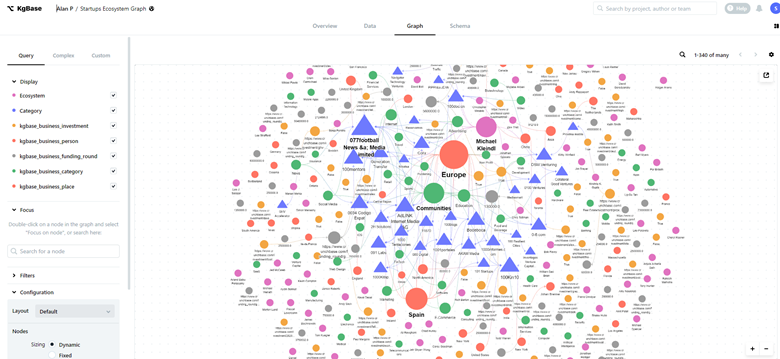Improve Open System Data Source Creation with No-Code Growth Operatings Systems
Improve Open System Data Source Creation with No-Code Growth Operatings Systems
Blog Article
Discover How Scalable Data Sources Can Be Used Without Coding to Improve Your Organization Operations
In today's fast-paced company setting, the capability to take care of and assess data successfully is paramount. no-code. Scalable databases, particularly when matched with no-code solutions, supply a transformative technique that encourages non-technical users to enhance procedures.
Comprehending Scalable Databases
Scalable databases are necessary for modern service procedures, permitting companies to successfully handle increasing volumes of information without compromising efficiency. These databases are developed to expand and adjust to the transforming needs of a company, making sure that they can manage larger datasets and more complex questions as organizational demands progress.
Recognizing scalable databases includes acknowledging their 2 primary kinds: upright scaling and straight scaling. Vertical scaling, or "scaling up," involves adding even more power (CPU, RAM) to an existing web server to enhance efficiency. On the other hand, straight scaling, or "scaling out," entails including much more web servers to disperse the load, which frequently results in greater flexibility and fault resistance.
An additional important facet is the architecture of scalable databases, which can be either non-relational or relational. Relational databases, such as MySQL and PostgreSQL, are structured and make use of SQL for queries, while non-relational data sources, like MongoDB and Cassandra, supply even more flexibility with disorganized data.
Ultimately, recognizing scalable databases is vital for businesses intending to leverage information as a calculated property, enabling them to stay competitive in a progressively data-driven environment.

Benefits of No-Code Solutions
Opening the capacity of no-code services encourages organizations to improve operations and enhance performance without the need for substantial programs expertise. These systems enable non-technical customers to develop, customize, and manage data sources effortlessly, thus democratizing access to modern technology throughout teams.
Among the primary advantages of no-code solutions is their speed of implementation. Companies can rapidly deploy applications and automate processes, substantially minimizing the time invested in development cycles. This dexterity enables organizations to respond promptly to market adjustments and consumer requirements, cultivating a competitive side.
Furthermore, no-code platforms lower dependence on IT departments for day-to-day jobs, permitting technical teams to focus on more intricate tasks that need specialized abilities. This change not only maximizes source allotment however additionally advertises development within the organization.
Cost-effectiveness is an additional benefit, as no-code solutions can lower growth and maintenance costs. By minimizing the requirement for coding know-how, business can harness the abilities of their existing labor force without the overhead of hiring added workers.
Popular No-Code Data Source Tools
The rise of no-code remedies has brought about the appearance of numerous data source devices that accommodate services looking for efficiency and access. These tools equip users with minimal technological expertise to create, handle, and manipulate data sources effortlessly.

Caspio attracts attention for its ability to build web applications with no coding. It enables services to develop robust data sources and release applications rapidly, accommodating various sector requirements. Propensity supplies easy to use user interfaces and effective information monitoring capabilities, making it possible for companies to build personalized applications customized to their operations.

Usage Situations in Business Procedures
How can organizations leverage data source tools to enhance their operations? Scalable databases provide organizations with effective capabilities to handle and assess data without the demand for considerable coding expertise. These devices can simplify different service procedures, inevitably resulting in improved efficiency and performance.
One noticeable use instance is customer relationship administration (CRM) Businesses can utilize scalable data sources to track customer communications, preferences, and comments, enabling customized communication and far better service. By streamlining this info, teams can collaborate more efficiently and reply to client demands in real-time.
One more significant application is stock monitoring. Companies can utilize no-code database devices to monitor supply levels, track shipments, and projection need. This makes sure ideal supply degrees, minimizes waste, and reduces stockouts.
In addition, job management can gain from scalable try these out data sources by enabling teams to manage tasks, deadlines, and sources in an unified system. With real-time updates and data visualization, job managers can make informed choices.
Starting With Application
Applying scalable databases in company procedures requires a structured method to make sure successful integration and use. The initial step is to conduct a complete needs analysis, recognizing particular company demands, data kinds, Extra resources and anticipated growth patterns. This fundamental understanding will guide the option of the suitable database option.
Next, choose an easy to use, no-code data source platform that straightens with your functional goals. no-code. Several modern-day solutions use intuitive user interfaces, permitting non-technical customers to manage information effectively. After selecting a platform, establish a clear data style that describes exactly how data will certainly be arranged, accessed, and maintained
Training is critical; ensure that team members are outfitted with the necessary skills to make use of the data source. Consider giving workshops or tutorials to familiarize team with the system's performances.
Conclusion
In verdict, the integration of scalable data sources via no-code solutions presents considerable advantages for service operations. Inevitably, leveraging these innovations can lead to enhanced performance and operational efficiency, placing businesses for sustained growth in a competitive landscape.
One preferred no-code data source tool is sites Airtable, which combines the capability of a spreadsheet with the power of a database.Exactly how can services take advantage of database devices to boost their procedures? Companies can utilize scalable data sources to track customer communications, choices, and responses, allowing customized communication and far better service.Executing scalable data sources in organization operations needs a structured method to make certain successful combination and use.In conclusion, the assimilation of scalable databases via no-code services offers considerable benefits for business operations.
Report this page